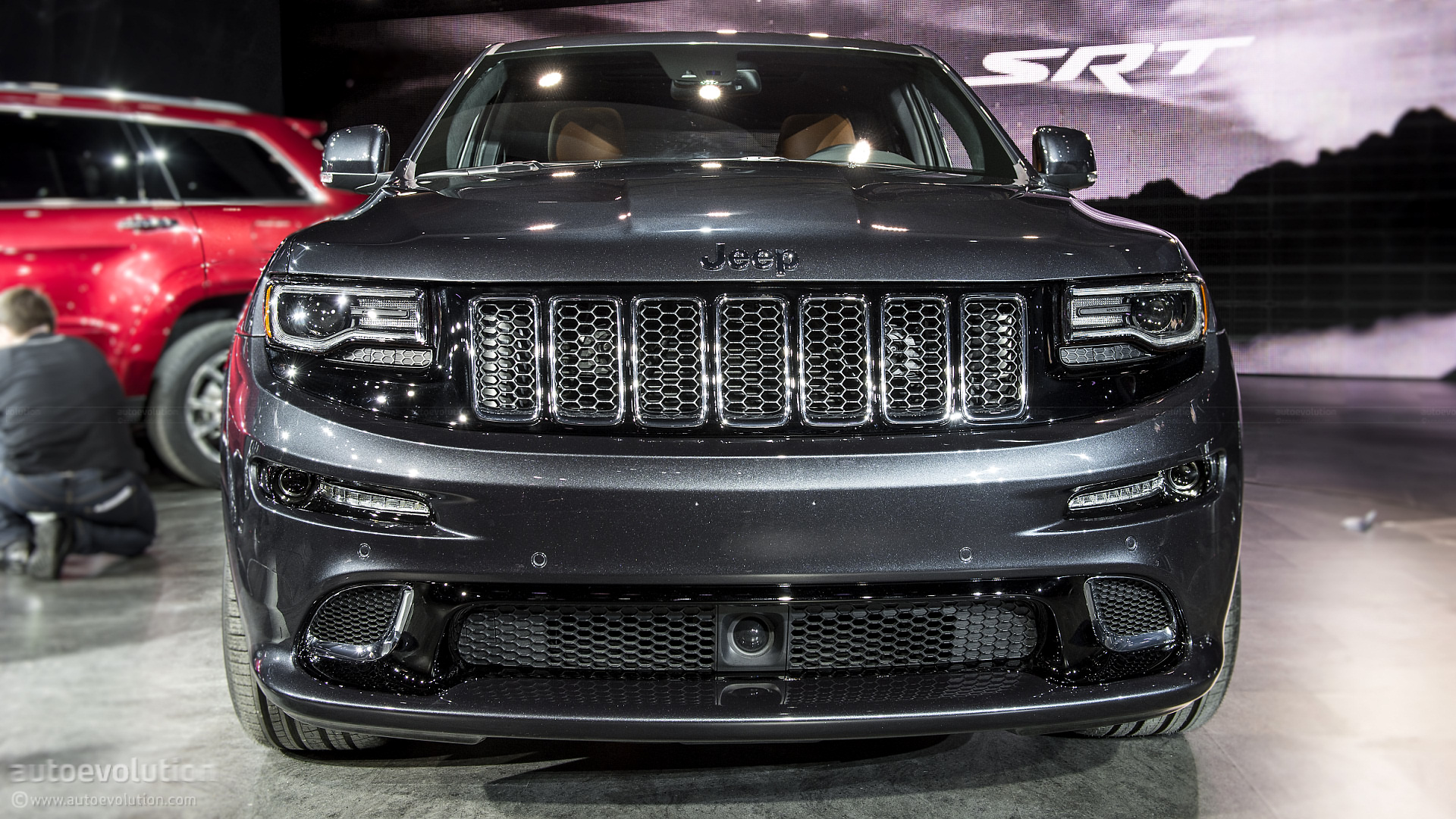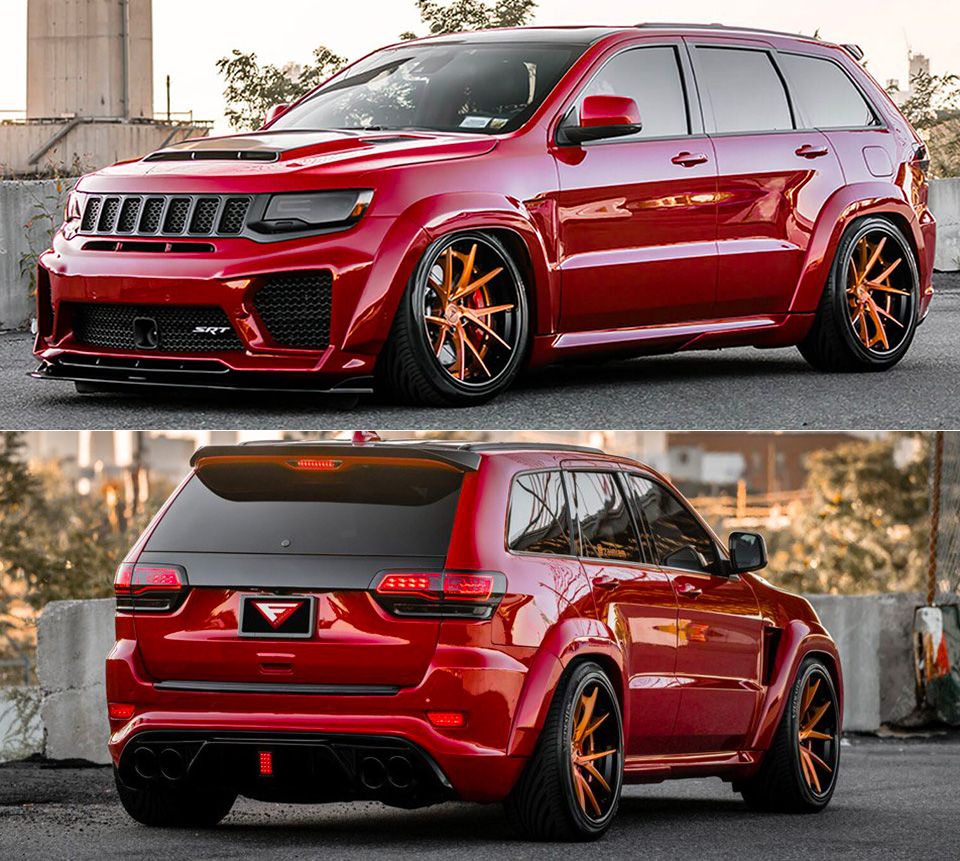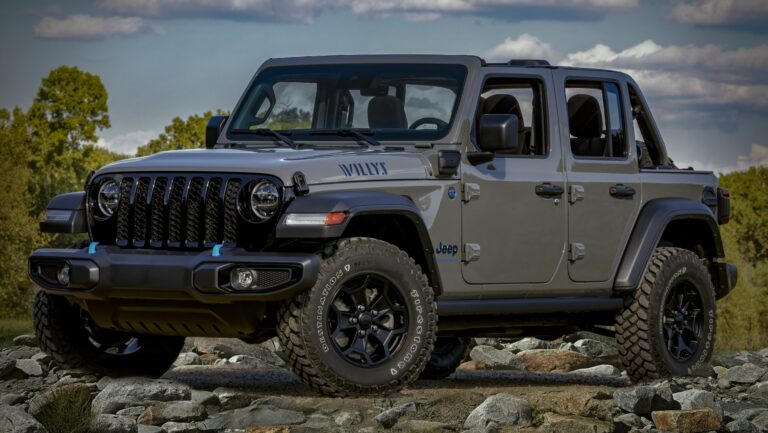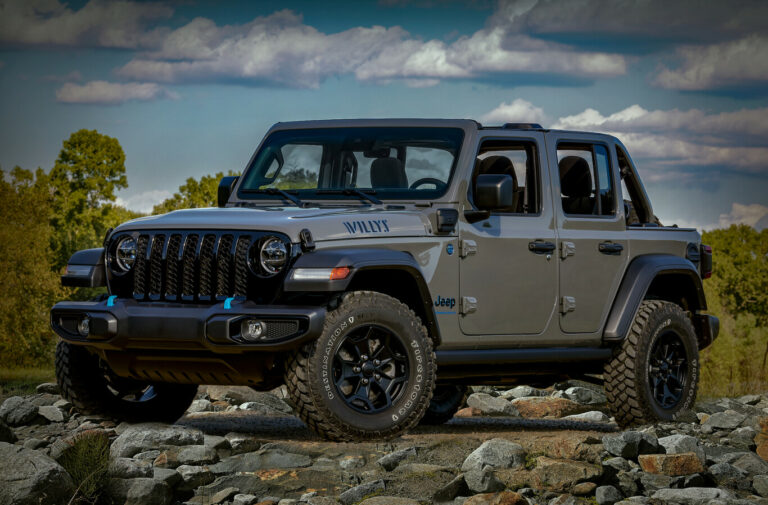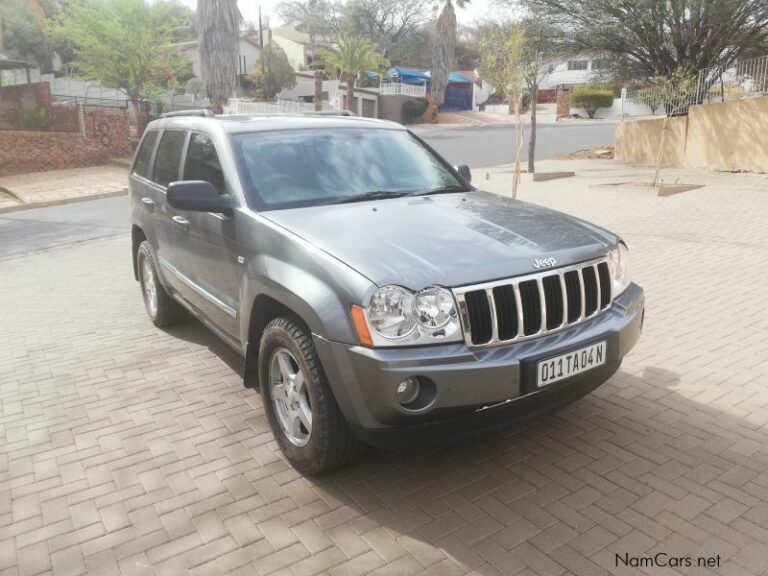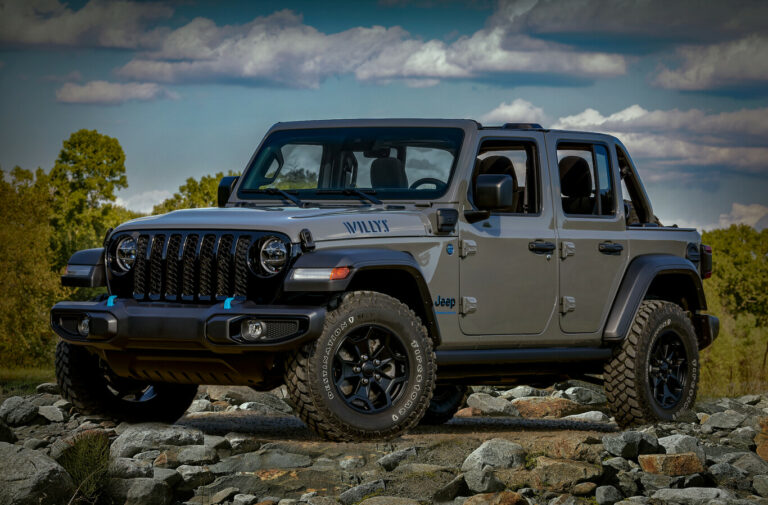Unleashing the Beast: A Deep Dive into SRT8 Jeep Horsepower (Hp)
Unleashing the Beast: A Deep Dive into SRT8 Jeep Horsepower (Hp) jeeps.truckstrend.com
The roar of a HEMI engine, the aggressive stance, and the sheer audacity of an SUV that can outrun many sports cars – these are the hallmarks of the SRT8 Jeep Grand Cherokee. More than just a utility vehicle, the SRT8 Jeep is a performance icon, a testament to the idea that practicality doesn’t have to sacrifice power. At the heart of its formidable reputation lies its horsepower (Hp), the metric that defines its raw, unadulterated strength.
"SRT8 Jeep Hp" isn’t just a number; it’s the very essence of what makes these vehicles special. It dictates their blistering acceleration, their impressive top speeds, and their ability to defy the laws of physics for a vehicle of their size. This comprehensive guide will delve into every facet of SRT8 Jeep horsepower, from its factory origins to the exhilarating possibilities of aftermarket enhancement, crucial considerations for upgrades, and essential maintenance to keep that power alive. Whether you’re a seasoned SRT8 owner, an aspiring enthusiast, or simply curious about these magnificent machines, understanding their horsepower is key to appreciating their legacy and potential.
Unleashing the Beast: A Deep Dive into SRT8 Jeep Horsepower (Hp)
The Heart of the Beast: Stock SRT8 Jeep Horsepower Through Generations
The journey of the SRT8 Jeep Grand Cherokee is marked by a consistent pursuit of power, with each generation pushing the boundaries of what a performance SUV could be. Understanding the stock horsepower figures is the foundation for appreciating its capabilities and potential for enhancement.
First Generation (WK – 2006-2010): The Pioneer
The original SRT8 Grand Cherokee burst onto the scene with a mission: to redefine the performance SUV segment.
- Engine: 6.1L naturally aspirated HEMI V8
- Stock Hp: 420 Hp
- Torque: 420 lb-ft
This combination allowed the WK SRT8 to achieve 0-60 mph in under 5 seconds, an astonishing feat for an SUV at the time. Its engineering was focused on delivering immediate, linear power, making it a true muscle car in SUV form.

Second Generation (WK2 – 2012-2021): The Evolution
The WK2 generation refined the formula, bringing more power and advanced technology to the table.
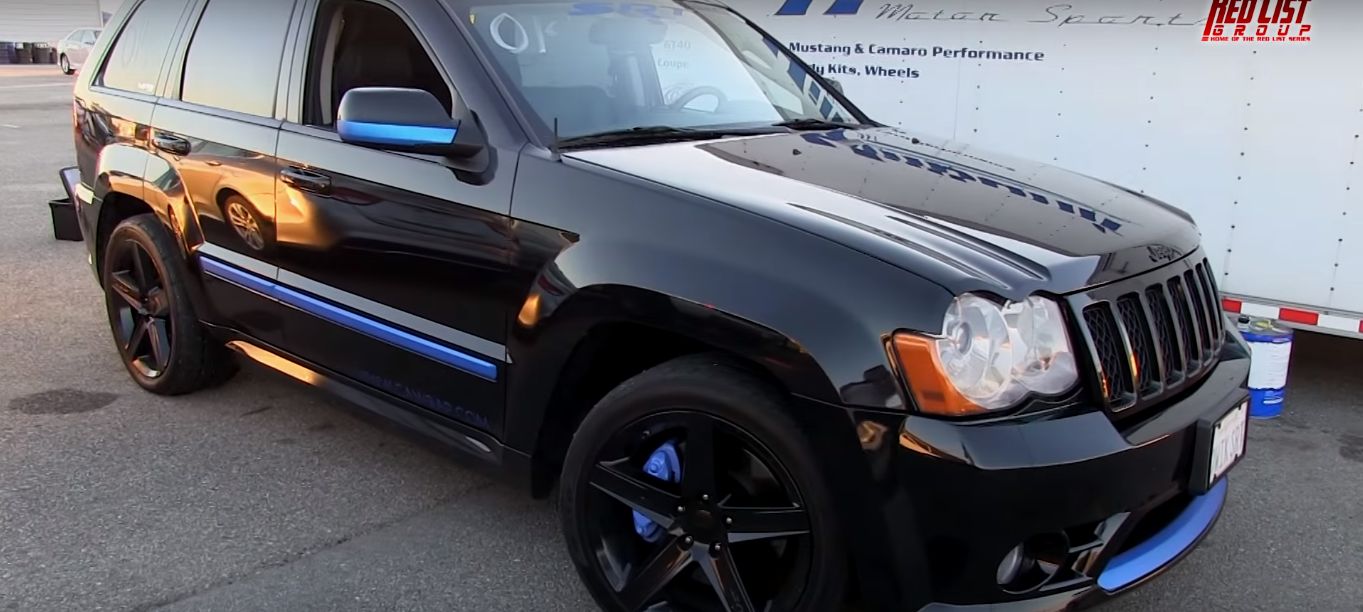
- Engine: 6.4L (392 cubic inch) naturally aspirated HEMI V8
- Stock Hp: 470 Hp (2012-2017), later increased to 475 Hp (2018-2021)
- Torque: 465 lb-ft
The larger displacement and improved tuning resulted in even quicker acceleration, with 0-60 mph times dropping into the low 4-second range. This generation truly solidified the SRT8’s reputation as a performance powerhouse.
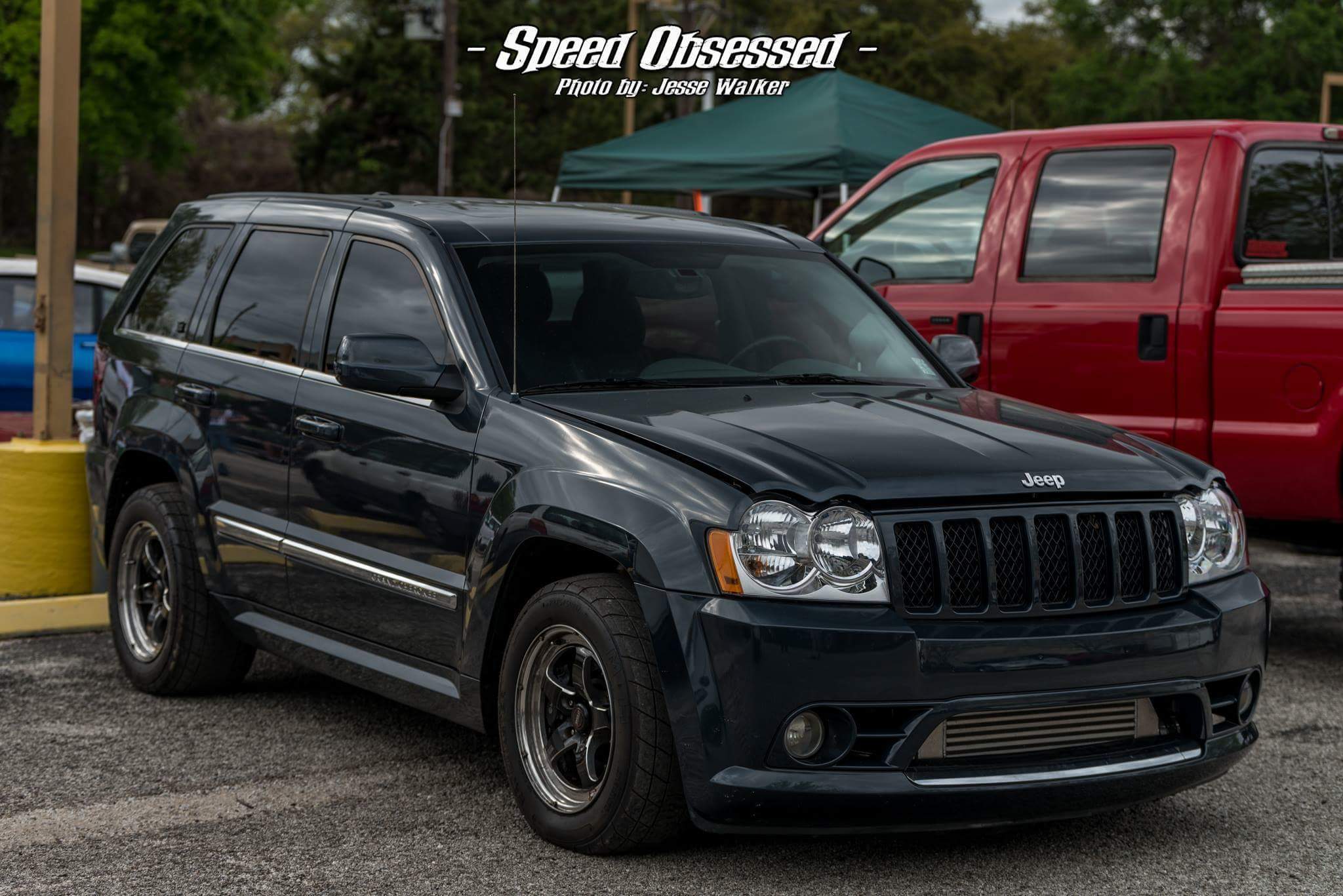
The Supercharged Exception: Grand Cherokee Trackhawk (WK2 – 2018-2021)
While technically not badged "SRT8" (it was a separate, higher-tier performance model under the SRT umbrella), the Trackhawk is the ultimate expression of Jeep performance and uses the same platform. It’s essential to mention due to its extreme horsepower.
- Engine: Supercharged 6.2L Hellcat HEMI V8
- Stock Hp: 707 Hp
- Torque: 645 lb-ft
The Trackhawk redefined what an SUV could be, delivering supercar-level performance with a 0-60 mph time in the mid-3-second range and a top speed exceeding 180 mph. Its horsepower set a new benchmark for production SUVs.
These stock figures are a testament to the engineering prowess of the SRT division, designed to deliver exhilarating performance right off the showroom floor.
Why More Hp? The Quest for Performance Enhancement
For many SRT8 owners, the impressive stock horsepower is just the beginning. The allure of increasing Hp stems from a desire to push the boundaries further, to extract every ounce of performance from these already potent machines.
The primary benefits of boosting SRT8 Jeep Hp include:
- Faster Acceleration: Shaving precious tenths or even seconds off 0-60 mph and quarter-mile times.
- Higher Top Speed: Although less practical for street driving, a higher top end is a testament to raw power.
- Enhanced Driving Experience: The sensation of overwhelming power is addictive and thrilling.
- Competitive Edge: For those involved in drag racing or track events, more Hp is often synonymous with winning.
- Bragging Rights: Owning a vehicle that can surprise dedicated sports cars is a unique pleasure.
Methods to Boost SRT8 Jeep Hp: From Bolt-ons to Built Beasts
Achieving more horsepower in an SRT8 Jeep involves a spectrum of modifications, ranging from simple bolt-ons to complex internal engine builds. The path you choose depends on your budget, performance goals, and tolerance for complexity.
1. Entry-Level & Bolt-on Modifications (Moderate Gains: 10-50 Hp)
These mods are relatively inexpensive, easy to install, and provide noticeable improvements without major engine work.
- Cold Air Intake (CAI): Replaces the restrictive factory airbox with a less restrictive system, allowing the engine to breathe colder, denser air.
- Cat-Back or Full Exhaust System: Reduces backpressure, allowing exhaust gases to exit more efficiently, often resulting in a more aggressive exhaust note.
- Aftermarket Headers: Replaces restrictive factory exhaust manifolds, improving exhaust flow from the cylinders.
- Larger Throttle Body: Increases the amount of air that can enter the intake manifold, improving throttle response and power.
- Performance Tuner/ECU Flash: Arguably the most crucial entry-level mod. A custom tune optimizes fuel delivery, ignition timing, and other parameters to take full advantage of other modifications and unlock hidden power. This is often the best "bang for your buck" for initial gains.
2. Forced Induction (Significant Gains: 150-300+ Hp)
This is where SRT8 Jeeps truly transform into monsters. Forced induction systems compress air before it enters the engine, cramming more oxygen into the cylinders for a much larger combustion event.
- Superchargers:
- Positive Displacement (e.g., Whipple, Magnuson): Delivers instant boost from low RPMs, providing a powerful, linear acceleration feel. Ideal for street driving and drag racing.
- Centrifugal (e.g., ProCharger, Vortech): Boost builds with RPM, mimicking a large turbocharger, often providing higher peak horsepower numbers.
- Turbochargers: Less common for SRT8s than superchargers due to packaging challenges, but twin-turbo setups can offer immense power potential. Turbos utilize exhaust gases to spin a turbine, creating boost.
3. Internal Engine Upgrades (Extreme Gains & Reliability for Forced Induction)
For very high horsepower levels (typically over 700-800 Hp on a non-Hellcat engine), internal engine components often need to be upgraded to handle the increased stress and heat generated by forced induction.
- Camshaft Upgrades: Different cam profiles can optimize valve lift and duration for higher RPM power, especially beneficial with forced induction.
- Forged Internals: Replacing stock pistons, connecting rods, and crankshaft with stronger, forged components is essential for reliability under high boost and horsepower.
- Cylinder Head Porting: Optimizes airflow through the cylinder heads for improved volumetric efficiency.
4. Fuel System Upgrades (Crucial for High Hp)
As horsepower increases, the engine demands more fuel. Stock fuel systems are typically insufficient for heavily modified engines.
- Larger Fuel Injectors: Deliver more fuel per pulse.
- Upgraded Fuel Pumps: Ensure adequate fuel pressure and volume.
- Boost-a-Pump: Increases voltage to the fuel pump under boost.
Important Considerations for SRT8 Jeep Hp Upgrades
While the pursuit of more horsepower is exciting, it’s crucial to approach upgrades thoughtfully. Neglecting supporting modifications or proper tuning can lead to costly failures.
- Reliability: More power equals more stress on every component. Budget for supporting modifications like upgraded cooling systems (radiator, oil cooler), stronger drivetrain components, and robust fuel systems.
- Cost: Hp upgrades can be very expensive. A supercharger kit alone can run $7,000-$15,000, not including installation, tuning, and supporting mods. Internal engine builds can easily exceed $20,000-$30,000.
- Drivetrain Durability: The stock transmission, transfer case, differentials, and axles are designed for stock power levels. Significant Hp increases (especially with forced induction) will likely necessitate upgrades to these components to prevent catastrophic failure. The WK1’s 5-speed transmission is particularly vulnerable, while the WK2’s 8-speed is more robust but still has limits.
- Braking and Suspension: More power means you’ll be going faster. Upgrading brakes (larger rotors, better calipers, performance pads) and suspension (coilovers, sway bars) is not optional; it’s a safety imperative to maintain control and stop effectively.
- Tuning is Paramount: A proper custom tune by an experienced professional is the single most important factor for maximizing performance and ensuring the longevity of your modified engine. A bad tune can quickly destroy an engine.
- Emissions and Legality: Be aware of local emissions regulations. Some modifications (especially cat-deletes or certain forced induction setups) may not be street legal in your area.
- Insurance Implications: Inform your insurance provider about significant modifications, as they can affect your policy and coverage.
Maintaining Peak SRT8 Jeep Hp
Even a stock SRT8 Jeep requires diligent maintenance to preserve its impressive horsepower and reliability. For modified vehicles, this becomes even more critical.
- Regular Oil Changes: Use the manufacturer-recommended synthetic oil and adhere to strict change intervals. For modified engines, shorter intervals may be advisable.
- Spark Plug Replacement: High-performance engines benefit from timely spark plug changes. For forced induction, specific heat range plugs are often required.
- Air Filter Inspection/Replacement: A clogged air filter restricts airflow, directly impacting horsepower.
- Cooling System Maintenance: Ensure your radiator, coolant, and fans are in top condition. Overheating is detrimental to engine health.
- Transmission and Differential Fluid Changes: These fluids lubricate critical drivetrain components. Regular changes prevent premature wear and maintain efficiency, crucial for power delivery.
- Fuel System Health: Use quality fuel (premium grade is always required for SRT8s) and consider fuel system cleaners periodically.
- Professional Inspections: Have a trusted performance shop inspect your vehicle regularly, especially after major modifications, to catch potential issues early.
- Proper Warm-up and Cool-down: Allow the engine to reach operating temperature before driving hard, and allow it to cool down (especially after spirited driving) before shutting off, particularly for turbocharged vehicles.
Practical Advice and Actionable Insights
- Define Your Goals: Before spending a dime, decide what you want to achieve. Are you aiming for a subtle power bump, or are you building a drag strip monster? Your goals will dictate your budget and mod list.
- Research Thoroughly: Don’t rely on anecdotal evidence. Read forums, consult reputable tuners, and understand the pros and cons of each modification.
- Budget for the Entire Project: Don’t just budget for the main part. Include installation, tuning, supporting modifications, and a contingency fund for unforeseen issues.
- Find a Reputable Shop/Tuner: This is perhaps the most critical advice. A skilled tuner can make or break your build. Look for shops with extensive experience with HEMI engines and a proven track record.
- Don’t Cut Corners: Cheap parts or rushed installations often lead to expensive failures down the road. Invest in quality components and professional work.
Estimated Price Guide for Common SRT8 Jeep Hp Upgrades
This table provides estimated costs for common horsepower-enhancing modifications. Prices can vary significantly based on brand, installer, and specific vehicle generation. This does not include potential labor costs for installation, which can be substantial.
| Modification Category | Specific Mod Example | Estimated Cost Range (Parts Only) | Estimated Hp Gain (Approx.) | Notes |
|---|---|---|---|---|
| Entry-Level Bolt-Ons | Cold Air Intake (CAI) | $300 – $600 | 10-20 Hp | Easy install, improves throttle response. |
| Cat-Back Exhaust System | $800 – $2,500 | 15-25 Hp | Enhances sound significantly; full exhaust with headers offers more. | |
| Long Tube Headers | $1,000 – $2,500 | 20-35 Hp | Requires professional installation, may impact emissions. | |
| Performance Tuner/ECU Flash (Handheld) | $400 – $1,000 | 20-50 Hp (with other mods) | Crucial for optimizing performance, essential for maximizing other mods. | |
| Larger Throttle Body | $300 – $600 | 5-15 Hp | Best paired with other intake/exhaust mods. | |
| Forced Induction | Supercharger Kit (Positive Displacement) | $7,000 – $15,000 | 150-300+ Hp | Includes supercharger, intercooler, necessary plumbing. Requires fuel system & drivetrain upgrades at higher levels. |
| Supercharger Kit (Centrifugal) | $6,000 – $12,000 | 150-300+ Hp | Boost builds with RPM, often higher peak numbers. Requires fuel system & drivetrain upgrades at higher levels. | |
| Internal Engine Upgrades | Performance Camshaft | $600 – $1,500 | 20-60 Hp (with other mods) | Requires labor-intensive installation. Best for built engines or with forced induction. |
| Forged Pistons & Rods Kit | $2,000 – $4,000 | N/A (Enhances reliability) | Essential for high-boost applications (700+ Hp) to prevent engine failure. Requires full engine disassembly. | |
| Supporting Mods (as needed) | Upgraded Fuel System (Pumps, Injectors) | $800 – $2,000 | N/A (Enables higher Hp) | Necessary for any significant Hp increase, especially forced induction. |
| Performance Transmission Build | $3,000 – $8,000 | N/A (Enhances reliability) | Highly recommended for forced induction and sustained high Hp use. Prevents transmission failure. | |
| Driveline Reinforcements (Axles, Driveshaft) | $1,500 – $4,000 | N/A (Enhances reliability) | For very high Hp levels, particularly drag racing. | |
| Professional Custom Tuning | Dyno Tuning | $500 – $1,500 | Varies (Critical) | Absolutely essential for modified vehicles to ensure safety, reliability, and optimal performance. Often separate from handheld tuner cost. |
Frequently Asked Questions (FAQ) about SRT8 Jeep Hp
Q1: What’s the "best" first modification for Hp gain on an SRT8 Jeep?
A1: A high-quality cold air intake combined with a performance tuner (ECU flash) often provides the best initial "bang for your buck" in terms of noticeable horsepower and throttle response improvements, while laying the groundwork for future modifications.
Q2: How much horsepower can a stock SRT8 engine handle reliably?
A2: A stock 6.1L HEMI can typically handle around 500-550 Hp with proper tuning. A stock 6.4L HEMI is more robust and can often handle 600-650 Hp, possibly more with a conservative tune. Beyond these figures, you’re entering the territory where forged internals become highly recommended for long-term reliability, especially with forced induction. The Trackhawk’s 707 Hp Hellcat engine is already factory-built for extreme power.
Q3: Will increasing my SRT8 Jeep’s horsepower void my warranty?
A3: Yes, generally, significant aftermarket modifications that increase horsepower (especially forced induction or internal engine work) will void your powertrain warranty. Dealerships can deny warranty claims for failures directly or indirectly caused by modifications.
Q4: Do I need to upgrade my transmission if I add a supercharger?
A4: For modest supercharger setups on a 6.4L WK2, the 8-speed transmission can often handle the power for a while, but its long-term reliability will be compromised with sustained abuse. For higher boost levels or frequent spirited driving/drag racing, a built transmission is highly recommended to ensure reliability and consistent power delivery. The 5-speed in the WK1 is more prone to failure at increased power levels.
Q5: Is more horsepower always better?
A5: Not necessarily. While exhilarating, extreme horsepower can compromise daily drivability, increase fuel consumption, and put immense stress on all vehicle components. It also requires significant upgrades to brakes, suspension, and tires to remain controllable and safe. The "best" amount of horsepower is subjective and depends on your intended use and budget for supporting modifications.
Q6: How important is professional tuning after modifications?
A6: Professional custom tuning is absolutely critical. It ensures that the engine’s air-fuel ratio, ignition timing, and other parameters are optimized for your specific modifications. Without a proper tune, your engine can run too lean (causing detonation and damage), too rich (wasting fuel and power), or simply not perform optimally. It’s an investment that protects your engine and unlocks the full potential of your modifications.
Conclusion: The Enduring Allure of SRT8 Jeep Hp
The SRT8 Jeep Grand Cherokee stands as a unique testament to American muscle, seamlessly blending SUV practicality with sports car performance. Its horsepower, whether in its formidable stock form or through the exciting realm of aftermarket enhancement, is the defining characteristic that sets it apart.
From the pioneering 420 Hp of the WK to the stratospheric 707 Hp of the Trackhawk, the evolution of SRT8 Jeep power has captivated enthusiasts worldwide. The journey of increasing that power is one filled with exhilarating gains, but also critical considerations for reliability, cost, and safety. Understanding the methods, potential pitfalls, and the vital role of meticulous maintenance is paramount for anyone looking to unlock the full potential of these incredible machines.
Ultimately, the SRT8 Jeep is more than just an engine and a chassis; it’s an experience. And at the core of that experience is its horsepower – a force that continues to thrill, inspire, and redefine what’s possible from a performance SUV. Embrace the power, but respect the engineering, and your SRT8 Jeep will continue to be a source of immense driving pleasure for years to come.
